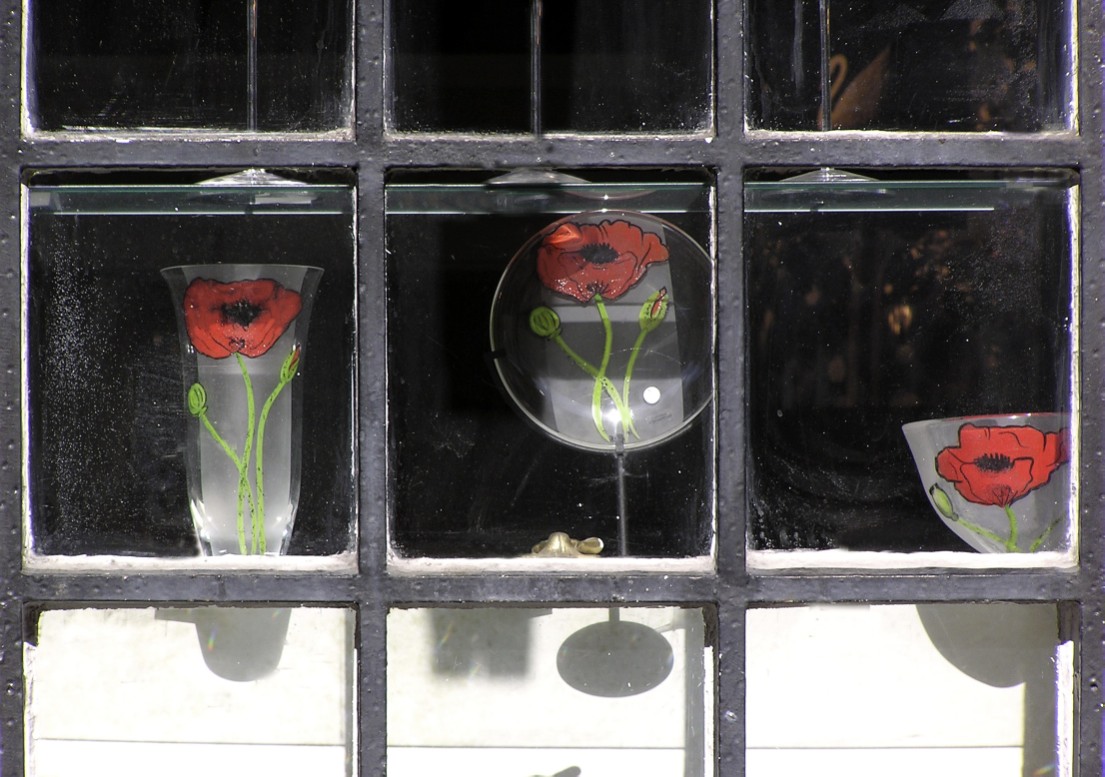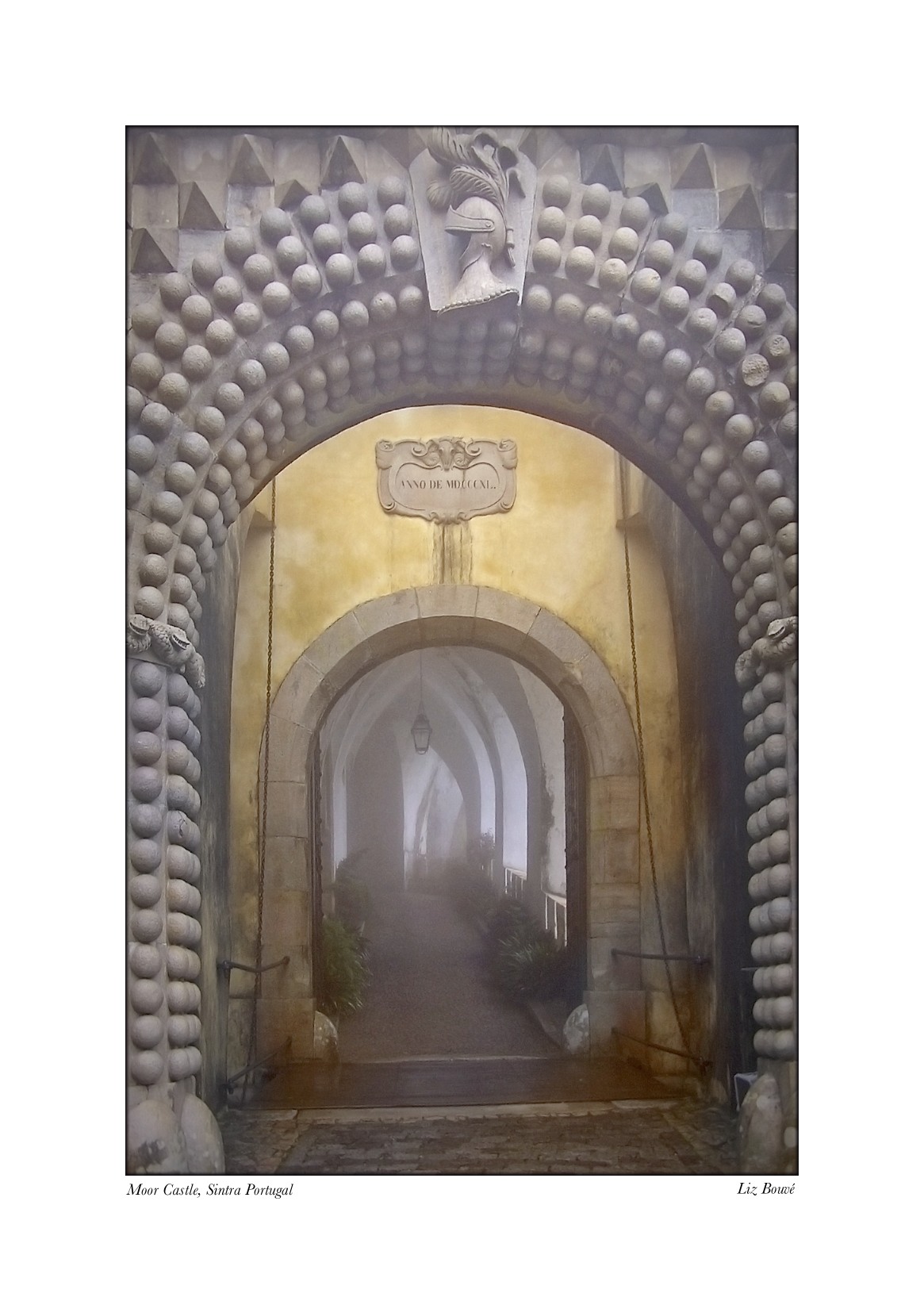
There is a third alternative. The three gentlemen standing in front of the platform all come from a foreign country and are interested in studying the unusual behaviors of those who participate in “Ropes” programs. They look with great interest as the trust-faller plunges backwards onto the ground, with no one catching her. They help her up and wonder if she will attempt to perform this unusual, self-injuring ritual again. These foreign gentlemen are certainly capable of catching her and they wish her great success in her endeavor. They simply have a different perspective and do not understand that they are supposed to catch her.
Our trust-faller will appropriately refuse to fall backwards until these foreign gentlemen have been fully informed about the nature and purpose of the “trust fall.” Before she falls backwards, our trust-faller must trust the intentions, competencies and perspectives of anyone who is supposed to catch her. If she misses any of these three definitions or criteria of trust, she will end up with physical (and psychological) injury to herself and perhaps other participants in the trust-fall process.
I will repeatedly return to these three definitions of trust while describing the New Johari Window. One needs to know about the interpersonal intentions, competencies and perspectives of the person with which one is interacting when deciding whether or not, and how to, expand or contract any of the panes of the Johari Window.
Opaque Rather Than Blind
I will be using the word “opaque” rather than “blind” to label the second quadrant (Q2). While Joe Luft occasionally used the word “opaque” to describe Quad Two, I would like to use this word instead of the word “blind” in most instances. The Q2 dynamics of opaque knowledge of self is an important theme that appears throughout this series of essays and is a key concept in the new Johari Window. I suggest that we are usually not “blind” to how other people see us; rather, this knowledge about other people’s perceptions of us is opaque—we can see the faint outline or shadow but not the clear detail.








